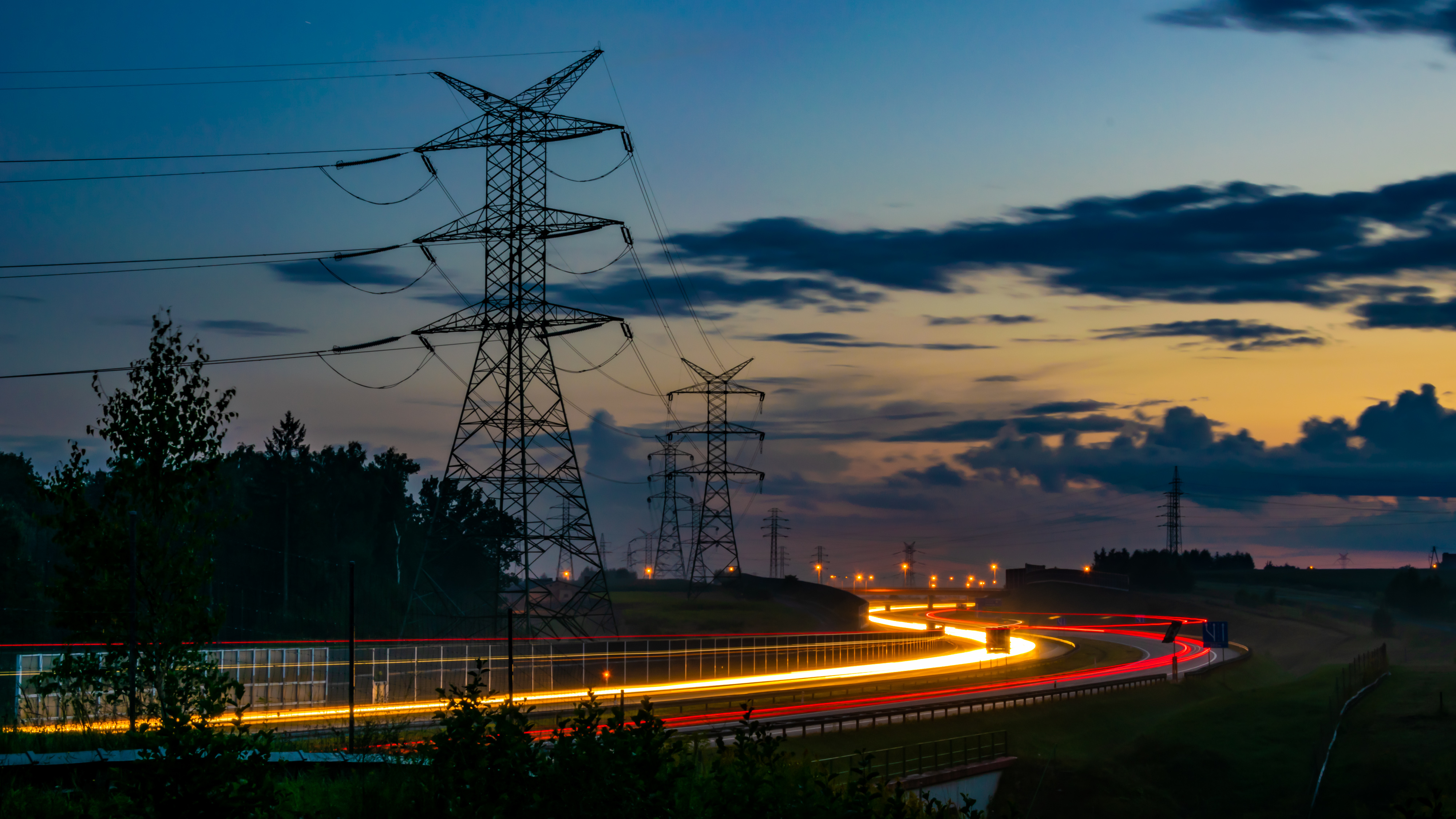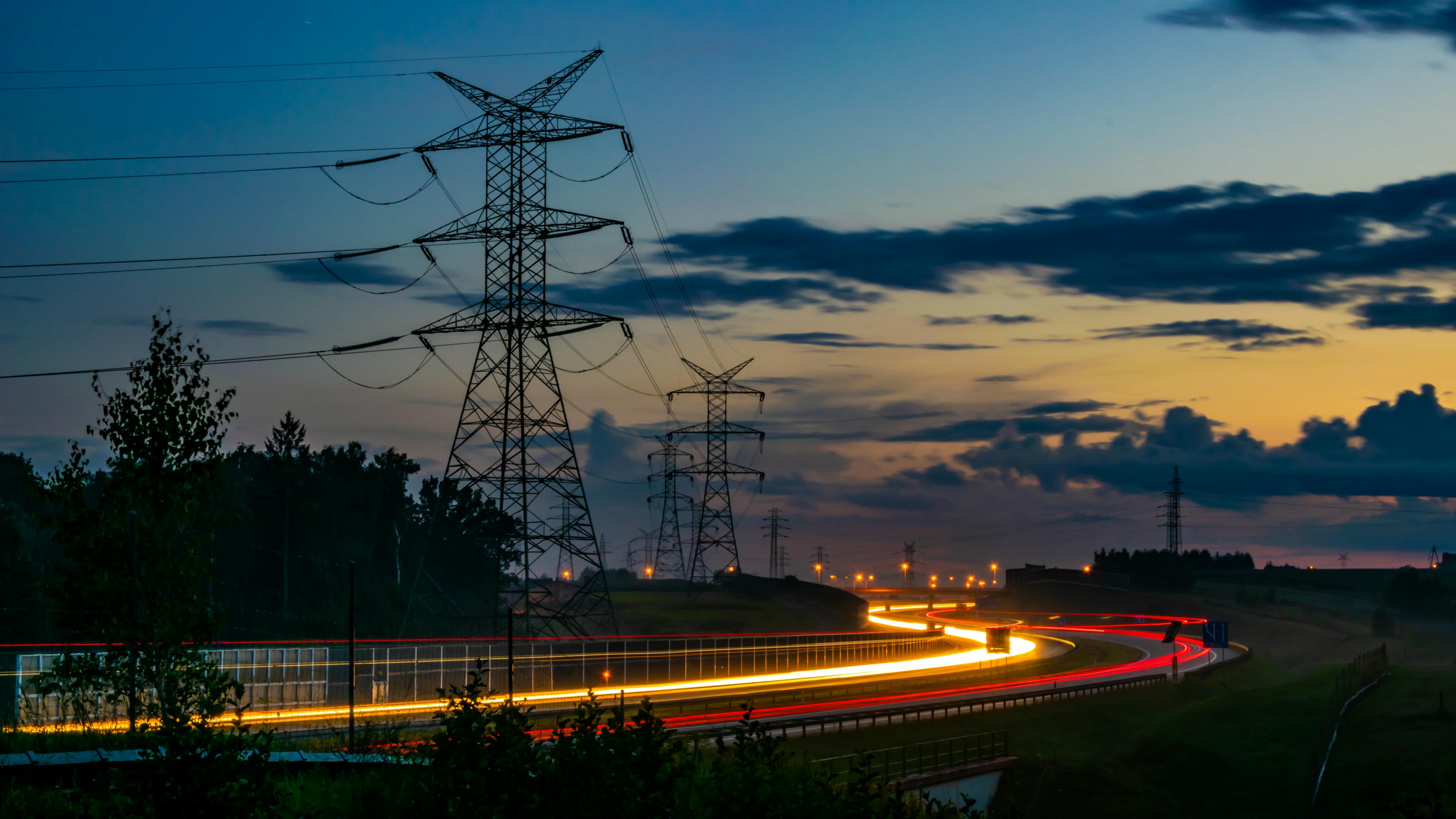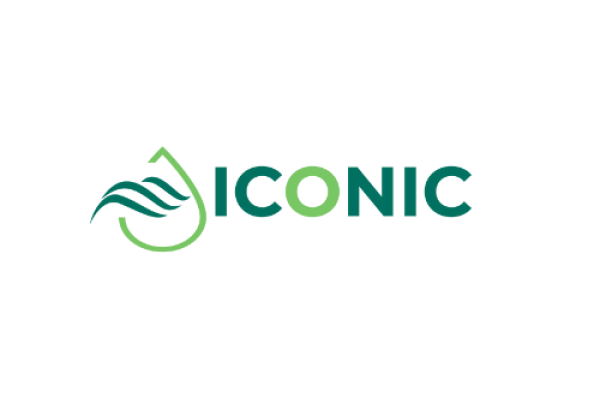
ICONIC
The ICONIC project aims to develop innovative digital and physical tools to achieve fundamental breakthroughs for the integrated control of wind farms, considering the whole physical system at farm, turbine, and component levels, in particular the complex aerodynamic interactions among turbines.
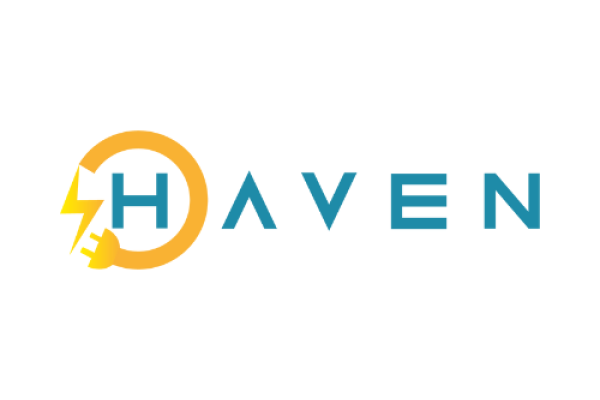
HAVEN
HAVEN’s main objective is to design and demonstrate in relevant operational conditions (TRL 7) a smart, highly modular, scalable, sustainable and safe HESS with advanced cognitive functionalities and optimized high-energy (HE) and high-power (HP) capabilities for multi-service provisioning to support the electrical grid and EV charging infrastructure.
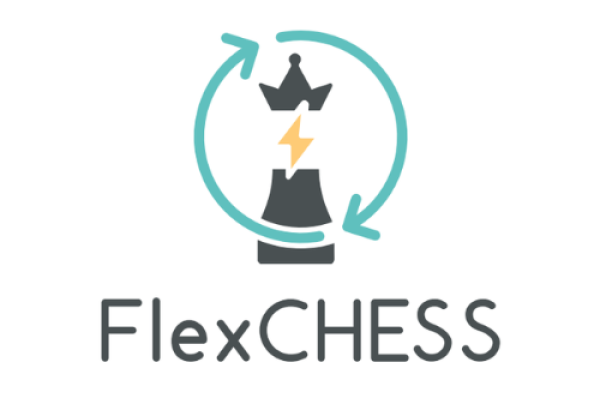
FlexCHESS
FlexCHESS aims to revolutionising energy storage practices by leveraging advanced technologies such as digital twins, Virtual Energy Storage Systems (VESS), and Distributed Ledger Technology (DLT). Its primary objectives include enhancing grid stability through Connected Hybrid Energy Storage Systems (CHESS), increasing profitability for energy storage installations, promoting innovation and competitiveness among SMEs and startups in Europe, validating solutions through pilot demonstrations, evaluating performance and flexibility of CHESS.

EVELIXIA
EVELIXIA project aims to realise Buildings as Active Utility Nodes (BAUNs), rendering the EU Building stock energy efficient; connected by facilitating a two-way communication between the grid and the occupants, capitalising on flexible technologies; smart by utilising analytics supported by sensors and controls to co-optimise efficiency, flexibility, and occupant preferences; and flexible by reducing, shifting, or modulating energy use according to occupant needs while considering utility signals.
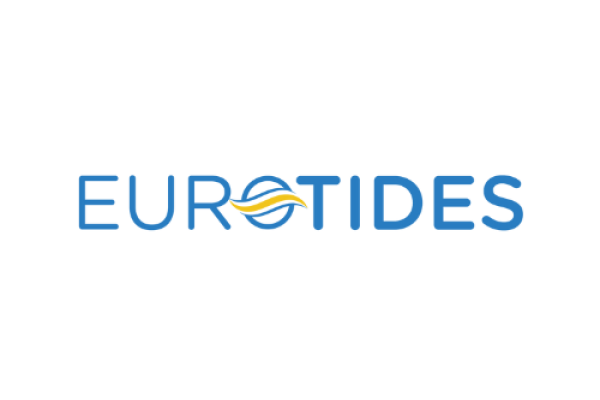
EURO-TIDES
EURO-TIDES aims to deliver a 9.6 MW tidal energy farm using 2.4 MW Orbital devices by 2027, operating for 15 years. The project seeks to de-risk tidal energy technology, lower the LCOE of Orbital’s technology to below €100/MWh, boost tidal stream availability to over 95%, and enhance bankability and insurability through verified metrics. It will strengthen market confidence, supply chain capacity, and environmental impact knowledge, accelerating commercialisation and supporting a 2 GW+ project pipeline.
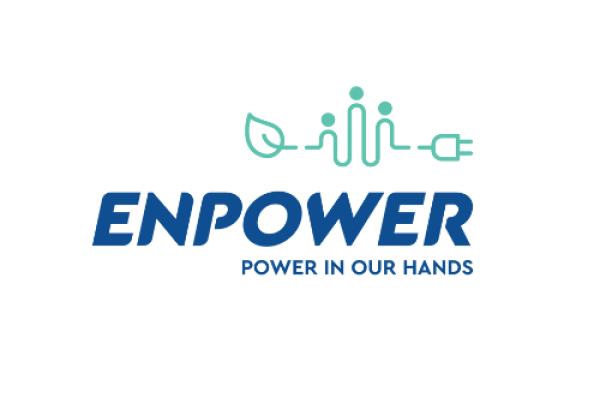
ENPOWER
The project aims to support a citizen-centric energy system by leveraging advancements driven by Green Deal goals. ENPOWER combines advanced ICTs, social-behavioral insights, and innovative business models to deliver tools such as a social science framework, AI algorithms, and energy community planning solutions.
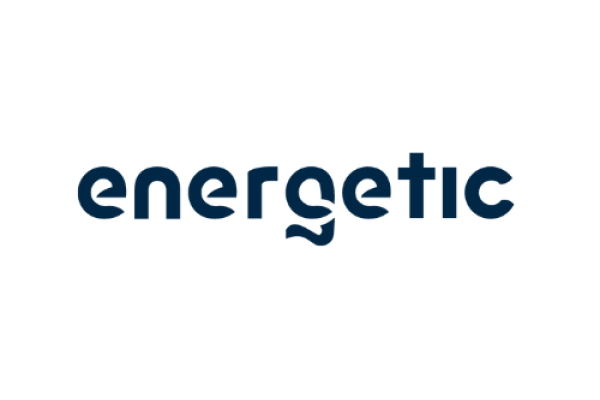
ENERGETIC
The EU’s goal of achieving a carbon-neutral economy by 2050 requires a significant expansion of renewable energy sources, with energy storage playing a crucial role. Second-life batteries can contribute to the advancement of an electrified, decarbonised society. However, to ensure safe and efficient battery operation, battery management systems (BMS) require improved data and battery models. To address this, the EU-funded ENERGETIC project leverages AI to develop an enhanced BMS suitable for both transportation and stationary applications. This innovative system optimises battery usage, ensuring reliability, power, and safety across all operational modes. The project employs cutting-edge approaches, blending physics and data-based methods at the software and hardware levels, allowing it to predict battery lifespan and diagnose degradation using transparent AI models.
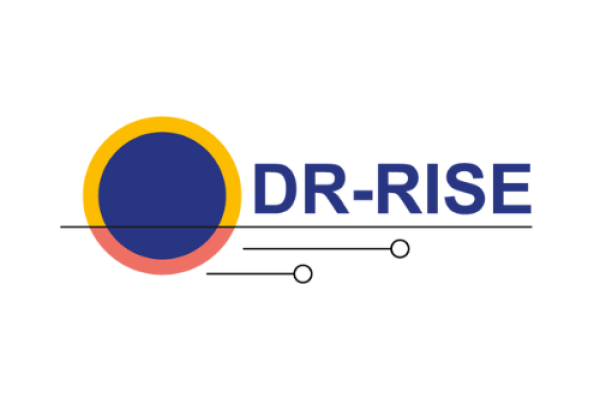
DR-RISE
DR-RISE’s main objective is to demonstrate the benefits of residential demand response (DR), not only for the end-consumers but for the overall energy system and the actors involved. The project will offer a holistic set of tools and services with a twofold objective: increase energy efficiency via optimal management and demonstrate the benefits of DR. The platform will be showcased in three different EU countries, gathering diverse environments (e.g., pre-existing energy communities, urban blocks of flats, low-income households, etc.). The approach is completely aligned with the EU’s vision to place the citizens at the heart of the solution and empower them so that they can make self-aware decisions.
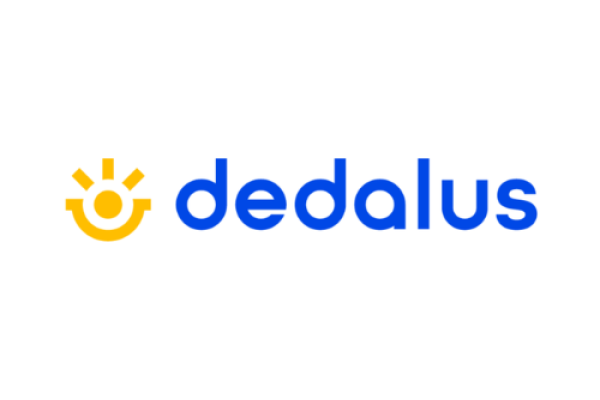
DEDALUS
DEDALUS will design, develop, and demonstrate SSH-driven multi-value energy carrier-agnostic micro (home/apartment)-to macro(building & district-scale) participatory Demand Response (DR) ecosystem, aimed to facilitate and scale up residential energy consumers massive participation to DR; to adapt to a variety of different mono-carrier (electricity, heat) or multi-carrier synergetic scenarios (electricity vs heat and natural gas) at building/district scale, while strengthening social interactions within respective communities.
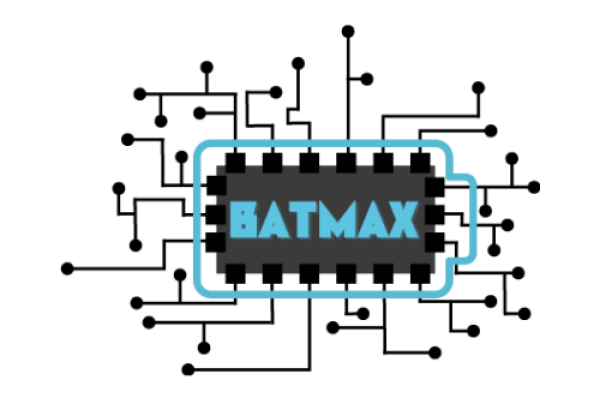
BatMAX
The BATMAX project focuses on advancing battery management through digital twin technology. It aims to enhance battery performance, safety, and reliability by integrating physics-based modelling and AI. The project will develop a framework combining experimental and operational data to optimize battery usage and reduce life-cycle costs. Key objectives include achieving a 10% increase in battery lifetime, 20% performance boost in specific scenarios, and significant cost savings. Research areas include data integration, numerical modelling, and predictive diagnostics for improved battery efficiency and sustainability in energy storage and mobility applications.

